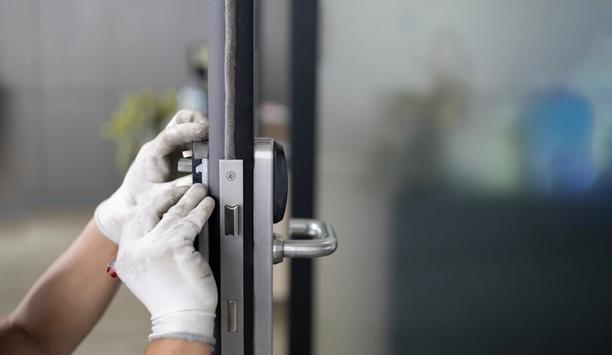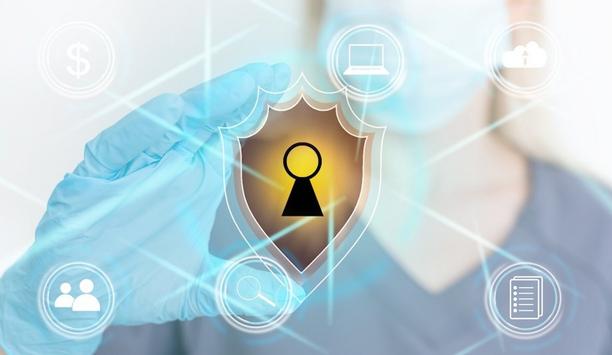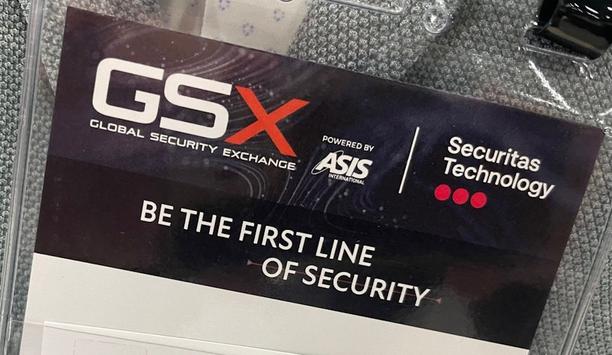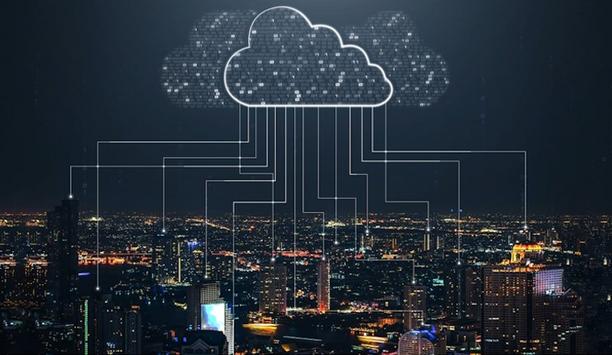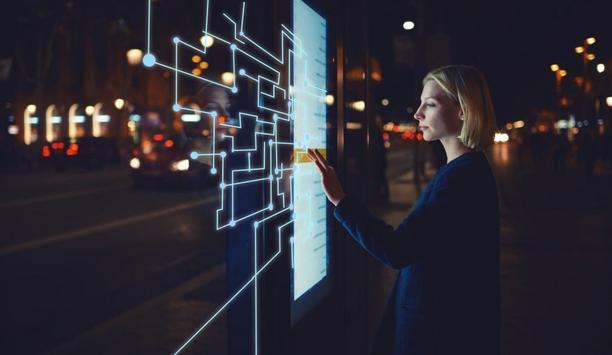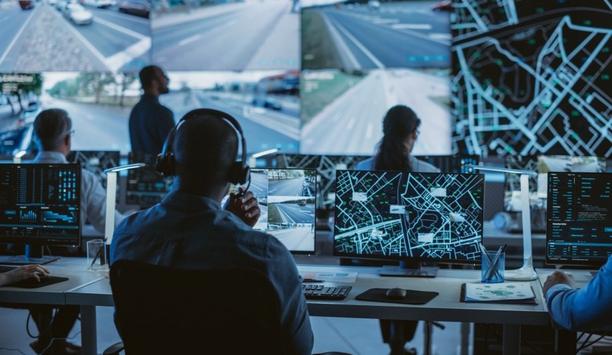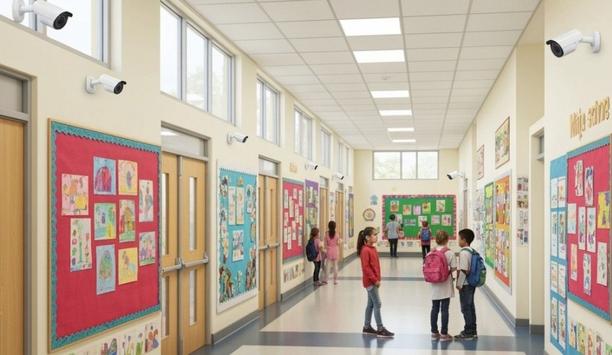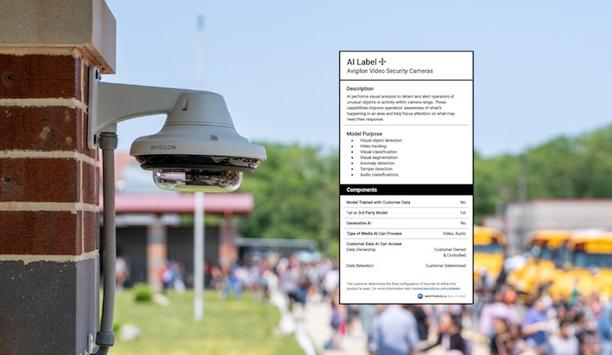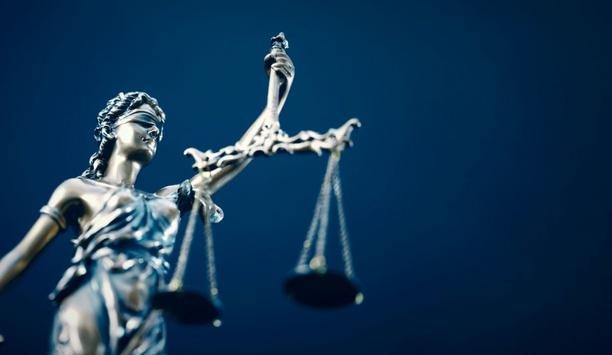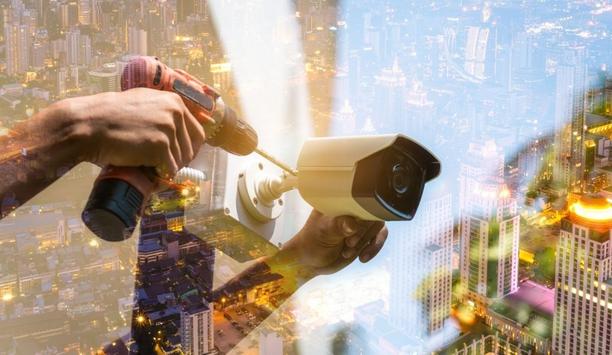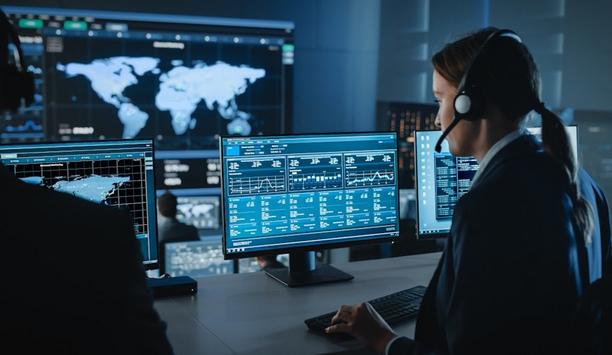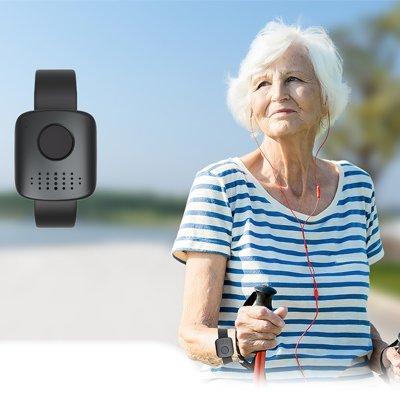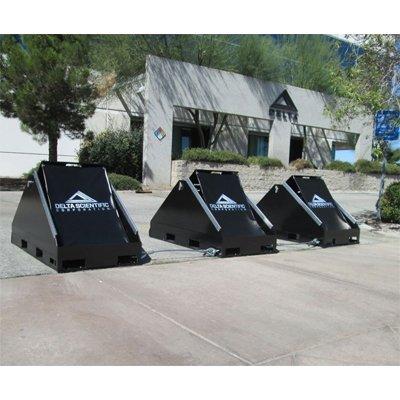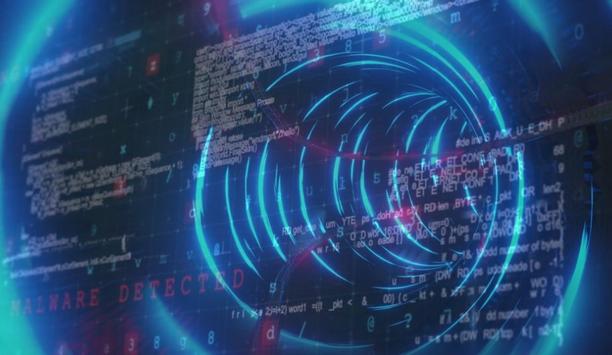I love Wikipedia, not just because I use it every day, but also because it reflects the value that can be created when a large community works together. When each member of a community contributes a small part, the result is monumental. I saw an estimate somewhere that it would take a million pages to print out Wikipedia.
Is there an opportunity to leverage video in the same way; that is, to tie together the capabilities of millions to create a central repository that could be useful? Consider the proliferation we’re seeing of smart phones that – we keep getting reminded – have higher resolution than many of the professional video surveillance cameras our industry provides. Consider that these smart phones can provide better quality video every day because of new features that accommodate low light and other challenges.
The Boston bombing investigation highlighted the value of smart phone video when police filtered through video captured by bystanders in search of the bombers. But why should we leave crowdsourcing the capture of video to mere chance? Why can’t we create a system that can provide access to smart phone video of a specified area in an emergency?
As the saying goes, there should be an app for that. Smart phone users who voluntarily download the app would be able to provide video instantly to a centralizedrepository whenever they are prompted to do so (via the app). Because of GPS systems in phones, the system could know who is in a specific area at a given time and could send a “need video coverage” message to any smart phone users in the area. The user would then know to deploy the powerful video camera in his or her pocket (and could even be directed what to view.) Citizens could be encouraged to download the app in the interest of good citizenship and Homeland security.
Access to instant video of |
It’s not that far-fetched an idea, is it? The benefits of apps that encourage citizens to do good deeds have already been demonstrated. For example, the city of Boston has a map-based Web app that allows individuals, businesses and community organizations to “Adopt-a-Hydrant,” in effect to volunteer on an ongoing basis to shovel the snow away from a specific fire hydrant to avoid delaying fire fighters who would need the hydrants in an emergency. It’s the same idea – calling on community volunteers to fulfill a service that would be time- and resource-consuming if handled centrally, but is perfectly manageable if everyone does a part.
As good as our professional video systems are getting, and even considering how many are being deployed, a big drawback will always be camera coverage. Having a powerful video camera in the hands of almost every ordinary citizen it too good a resource to ignore, and technology exists to enable that value to be harnessed. In our industry, IP video systems could provide the ability to tie into the centralized source of smart phone video, and could even prompt users to deploy their cameras as needed, in effect expanding the camera count of their systems exponentially.
There was a news story out of San Jose last week about the creation of a video surveillance camera registry that would provide voluntary access to the city’s private surveillance cameras as an additional tool in crime prevention. Same idea, but there are many more smart phone cameras than private surveillance cameras.
And Wikipedia shows us how the Internet can combine a vast number of individual data points into a useful whole. Could a similar approach work for smart phone video feeds? Just wondering.
Learn why leading casinos are upgrading to smarter, faster, and more compliant systems






